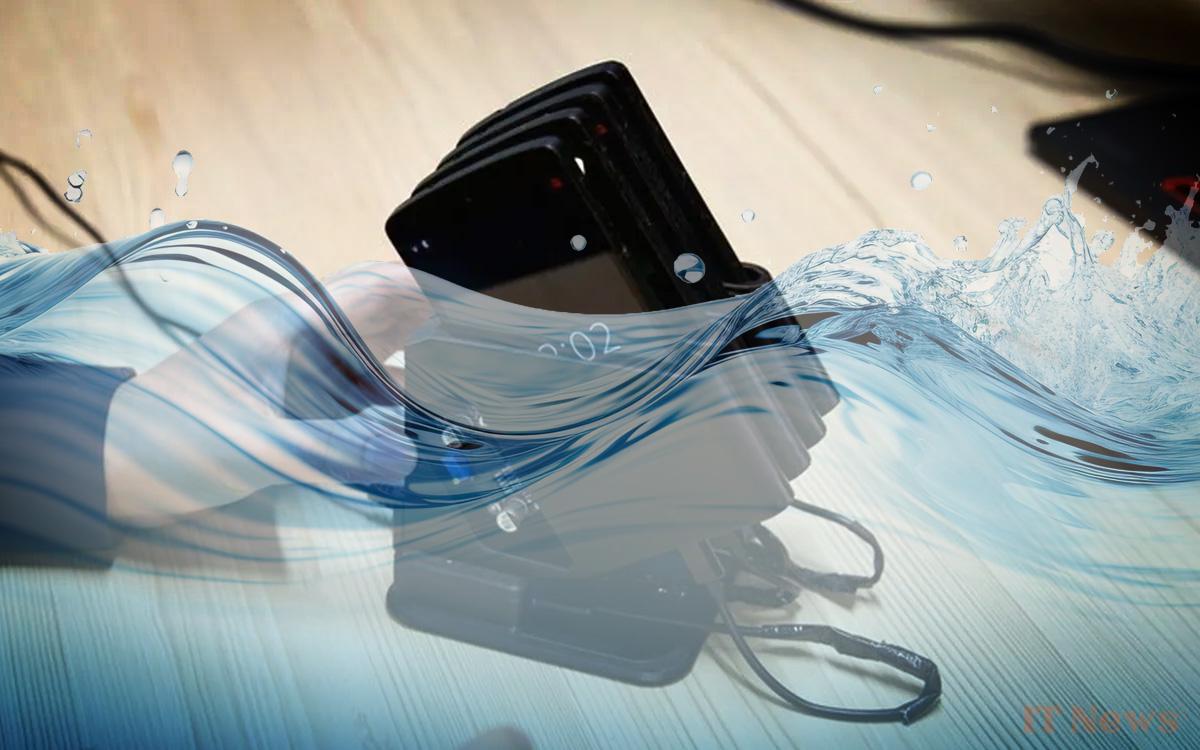Researchers at the University of Tarnu in Estonia are testing a new way to recycle old smartphones to find a cure for users' compulsive consumption. Their idea? Assembling them into clusters before submerging them in the open ocean. They could thus be converted into a less polluting and expensive way of building less polluting data centers.
How can we combat the hyper-consumption of smartphones? While answering this question remains complex, researchers at the University of Tarnu have come up with a rather original idea – one with very interesting potential indeed. Why not take advantage of their computing power to turn them into ultra-optimized, energy-efficient miniature data centers?
What they propose, very concretely, is to integrate them into clusters of four or more devices. All thanks to a platform that is essentially 3D printed, and small circuits that they developed themselves. This allows them to be treated together like a conventional server with the minimum possible transformation. All while managing their power dynamically.
What if we extended the life of smartphones differently rather than recycling them (at best) in part?
Placing them underwater provides a cooling source that does not, in principle, require additional energy. Even if the interest of the first test they are currently carrying out is quite different. Because their first step is to demonstrate the value of one of these small clusters for autonomously monitoring marine life.
A more complex task than generally imagined, since it currently requires regular human intervention to capture and bring images to the surface. This, in addition to being costly, suffers from weather hazards that impact the regularity of monitoring. For this use case, the small module is likely connected to a battery of sensors, all in a special casing to withstand the pressure and corrosive effect of salt water.
In contrast to human monitoring, in this textbook case, the data is transmitted in real time to researchers. There are, however, more possible applications, note the researchers, who give other examples of use in the field. Off the sea, on land, in cities, they can serve as on-board equipment to make bus stops smarter.
This can count the number of passengers waiting and optimize the layout of a tourist circuit in a city, in real time. These nodes can also be adapted to an infinite number of scenarios. This could guarantee a certain success when the technical details are refined and made public. And find a remedy for the still insufficient retention of these devices by users.
This could give new life to millions, even millions of devices that otherwise sleep in drawers when they are not piling up in landfills – where they have plenty of time to release the hazardous materials they contain, such as cobalt.




0 Comments